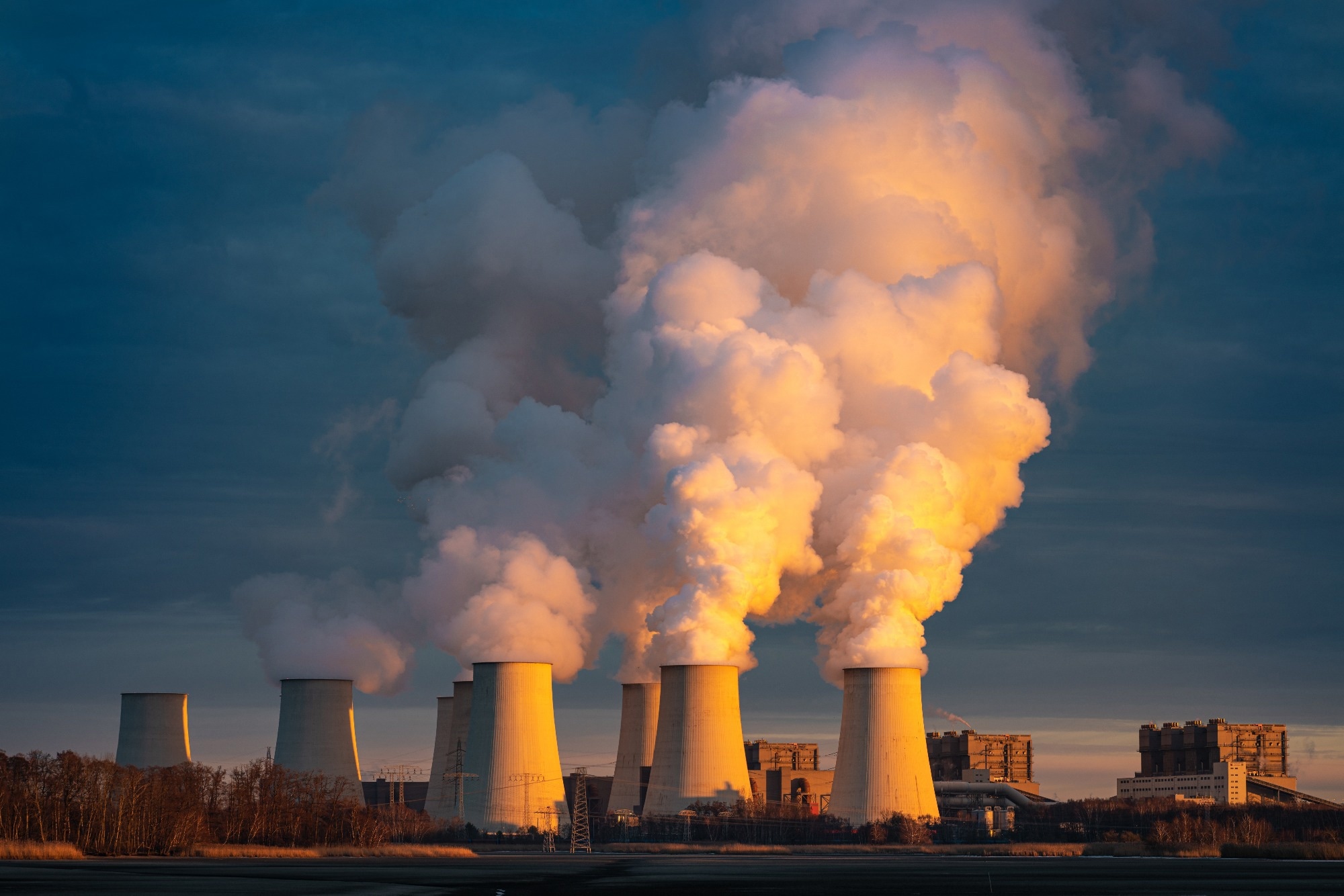In today’s environmental debate surrounding the climate, the focus is mostly weighted on CO2 emissions and the urgent need to reduce our dependency on fossil-based fuels and processes that cause harm to the environment. However, hydrocarbon methane (CH4) is the second most anthropogenic greenhouse gas, significantly contributing to global emissions, and should thus not be overlooked.

Image Credit: Ugis Riba/Shutterstock.com
To this end, researchers from the Department of Energy’s SLAC National Accelerator Laboratory and Washington State University (WSU) have recently demonstrated a method that could remove methane from engine exhausts that burn natural gas.
Recently published in the journal Nature Catalysis, the researchers state that when palladium atoms are attached to a catalyst’s surface, they are able to extract 90% of unburned methane, preventing it from entering the atmosphere.
Self-Modulating Capture
The WSU and SLAC team were able to demonstrate their method during the cold start-up phases of an engine running on natural gas. This promising breakthrough could shift the paradigm when it comes to designing novel catalysts that could usher in effective greenhouse gas removal using single-atom/cluster catalysts in the real world.
The team was also able to demonstrate their method’s effectiveness at higher engine operation temperatures where catalysts typically begin to deteriorate.
It’s almost a self-modulating process which miraculously overcomes the challenges that people have been fighting – low temperature inactivity and high temperature instability.
Yong Wang, Regents Professor, Gene and Linda Voiland School of Chemical Engineering and Bioengineering, WSU
While natural gas engines are considered cleaner than gasoline and diesel engines, one of the challenges that still need to be overcome is the issue with methane release during engine start-up, as current catalytic converters are not effective at lower temperatures.
With almost 40 million vehicles running on natural gas worldwide today, finding ways to address this issue is a key concern given the potency of methane release into the Earth’s atmosphere.
There’s a big drive towards using natural gas, but when you use it for combustion engines, there will always be unburnt natural gas from the exhaust, and you have to find a way to remove that. If not, you cause more severe global warming.
Frank Abild-Pedersen, Staff Scientist, SLAC
Stable Palladium Catalyst
Using palladium, a rare metal that acts as a versatile catalyst, the team created a relatively thermally stable catalyst that, unlike platinum-based catalysts, behaved in a way that removes the unburned methane from the natural gas engine’s exhaust.
The team was also surprised to discover that carbon monoxide (CO), typically found in trace amounts in engine exhausts, was central to establishing key reaction sites to facilitate the reaction at low temperatures.
Carbon monoxide allows single palladium atoms to form clusters of two or three atoms at the active reaction sites that can then capture and break the methane molecules apart during the cooler engine start-up phase.
As the engine temperatures began to rise to normal operating temperatures, which are much higher, rather than deteriorate completely, the clusters dispersed back into single-atom arrangements making the catalyst stable.
We were really able to find a way to keep the supported palladium catalyst stable and highly active and, because of the diverse expertise across the team, to understand why this was occurring.
Christopher Tassone, Staff Scientist, SLAC
The researchers will now focus on making the technology more robust as they aim to further advance the palladium catalysts and understand more about the behavior of this rare-Earth metal in catalytic applications.
It is crucial, given the cost and scarcity of such materials, that they are put to effective and efficient use, and “If you can make them more reactive, that’s the icing on the cake,” says Abild-Pedersen.
While it will take some time before the catalysts find their way into real-world applications in natural gas engines, the researchers are working closely with industry partners to edge closer to commercialization and move another step closer to reducing global greenhouse gas release.
References and Further Reading
- New catalyst could dramatically cut methane pollution from millions of engines (2023) SLAC National Accelerator Laboratory. Available at: https://www6.slac.stanford.edu/news/2023-07-20-new-catalyst-could-dramatically-cut-methane-pollution-millions-engines
- Jiang, D. et al. (2023) ‘Dynamic and reversible transformations of subnanometre-sized palladium on Ceria for efficient methane removal’, Nature Catalysis. Available at: https://www.nature.com/articles/s41929-023-00983-8.
Disclaimer: The views expressed here are those of the author expressed in their private capacity and do not necessarily represent the views of AZoM.com Limited T/A AZoNetwork the owner and operator of this website. This disclaimer forms part of the Terms and conditions of use of this website.